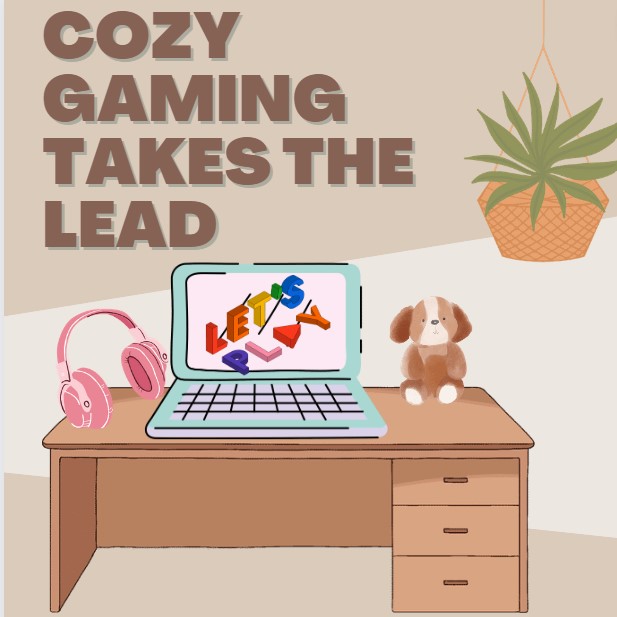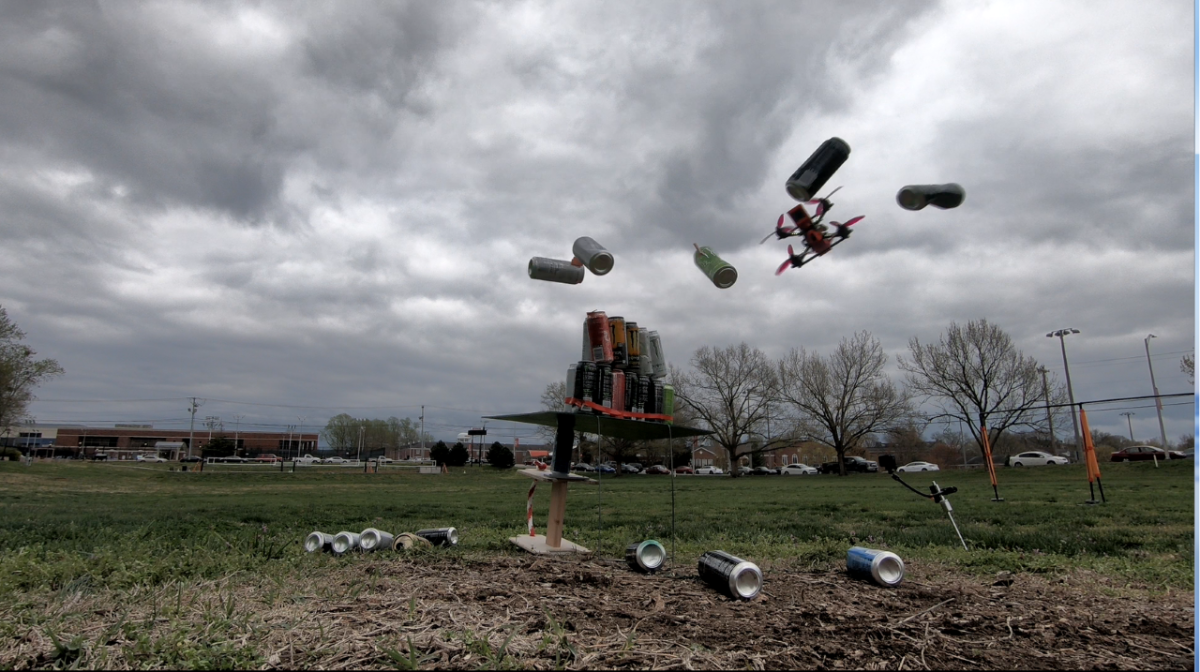The 2011 puzzle/platformer “Limbo” is often cited as one of the quintessential independent games. Along with such giants as “Fez” and “Super Meat Boy,” “Limbo” holds a special place in the indie game category for its haunting atmosphere, simple controls and unique style, with dozens of accolades and over 3 million downloads to back it up.
So when creator Arnt Jensen announced his second project at E3 2014, people were understandably hyped. The game that came be to known as Inside was described by Jensen as a spiritual successor to “Limbo,” but “crazy, weird and 3D.”
“Inside” was finally released in June of 2016 and has already received almost universal praise, with reviews generally ranging form 9.5 to 10.
Does “Inside” live up to “Limbo?” I think Inside has a lot in common with its predecessor and sometimes even surpasses it, but something as simple and beautiful as “Limbo” isn’t easily usurped.
Fans of “Limbo” will instantly recognize Jensen’s style all over “Inside.” We’ve got more colors than just black and white this time, but the minimalist style and 2D side scrolling remain intact. I think I preferred the art in “Limbo” slightly more, just because it was so stylized it felt right out of a film noir.


“Inside” made a similar choice, but if “Limbo” is a film noir, “Inside” is a gritty zombie movie. There’s color, but not a ton (which makes our nameless protagonist’s red shirt stand out even more) and a very grimy, dirty feel to compliment the images of machinery and construction. It looks great, I just think “Limbo” looks a little better. It’s less analogous to real life, which makes it feel even more other –worldly and less information is relayed to the player exactly where they are.
I do love the world “Inside” creates, however, especially since we can only assume this is the society the boy lives in, very little information is given to the player just how this world works and why it’s this way. If the boy already knows, why should he have to relay it to anyone else? The cold, quiet offices and monolithic machines present a dystopian image that’s very unique to this game, feeling slightly 1984-ish, a little Brave New World-ish, but mostly all its own. Instead of nature being your enemy as was prevalent in “Limbo,” in Inside it’s humans and machines. Giant factories that blast sound waves loud enough to tear the boy to shreds, lifts that can crush him, and insanely claustrophobic submarines.
That brings up another big difference between “Limbo” and “Inside-” the inclusion of water.
“Inside” has a myriad of new gameplay mechanics not available to the child protagonist in “Limbo,” but most notably is his ability to swim. Water, even shallow pools, were a death sentence in “Limbo,” and lots of puzzles were based around trying to escape rooms filling with water or crossing lakes.
“Inside’s” protagonist can actually swim, which adds a whole new layer of gameplay not seen in its predecessor. The danger now comes from what’s in the water, rather just water itself being an obstacle, and it is utterly terrifying. It gives the player a whole new world to explore, exploring decaying office spaces and crumbling towers and venturing into the unknown. Not even your submarine can save you from what lurks in the water.
The new gameplay mechanics do make Inside feel like a more complicated game. The puzzles are a little harder, the stakes a little greater- you have fewer chances just stand around and try to figure things out, you have to constantly be on the move lest you get caught. “Inside” is also longer, but doesn’t have as much of a complete story. This is where people can get divided, and by people, I mean myself and the rest of the internet.
The jist of it is, I don’t care for “Inside’s” story. What I mean is, “Inside” has an amazing story. It’s beautiful, cinematic, breath taking and the fact that it isn’t complete, that you never get a clear answer as to what’s happening and the ending is empty, is really great. But that’s just it- it’s empty.
And while this was done on purpose, the game isn’t supposed to make you feel good, “Limbo” at least had some sort of ending.
Is it sad? Terribly. But the story had a clear beginning, middle and end, and made you feel hollow in a different way.
“Limbo” made you feel hollow because you understand what’s going on and you know you can’t help the little boy any more. He’s literally stuck in limbo. You feel sorry for him, but you at least got some answers and understand what happened.
“Inside” purposefully doesn’t give you any satisfaction, and you can make a compelling argument as to how this is a good choice. It’s obvious they’re making some kind of commentary about how stories in real life just don’t have endings like that, in real life you may not ever get the answers you want and feel totally unsatisfied. However, Inside raises so many questions it didn’t leave me feeling sad but understanding, I honestly was just a little mad.
It’s like when a TV show you really like raises a lot of questions, and then at the end it answers none of them, or gives you an answer that does nothing but raise more questions. It makes you frustrated, and even if that was the author’s intent, you can’t help but feel you got jipped. Like the little boy in the game, you do end up working really hard just for nothing, and I feel like if we had gotten some answers as to what was going on, I’d feel more okay with the fact that I just played a really hard game for 3 hours for nothing.
In “Limbo” (in addition it to being easier, which does factor into the frustration level) you do end up acknowledging a lot of what you worked for was for nothing, but we got at least an idea of what was happening throughout the game.
“Limbo” allows the player to interpret his or her own ending. “Inside” doesn’t give you enough info to even allow you that luxury.
Again, I understand this was a specific choice designed to make people like me this angry, so trust me when I say the irony is not lost on me. And in the end, I can’t say that “Limbo” is even better than “Inside.” Both games are amazing.
I can’t even say one is better than the other, where one is complete the other is lacking, with different aspects on both ends.
In the end, however, “Limbo” is a game I’d probably play again, while “Inside” I may only pick up one more time or recommend it to someone else to play, since I know I’m not searching for answers anymore. That is what drives you to finish both games, the search for answers. “Limbo” gives you some, “Inside” gives you none (and probably gives you more questions) but I highly recommend both. If you’d like to play something artsy, challenging, and dripping with scary atmosphere, both “Limbo” and “Inside” are worthy of your game collection.








